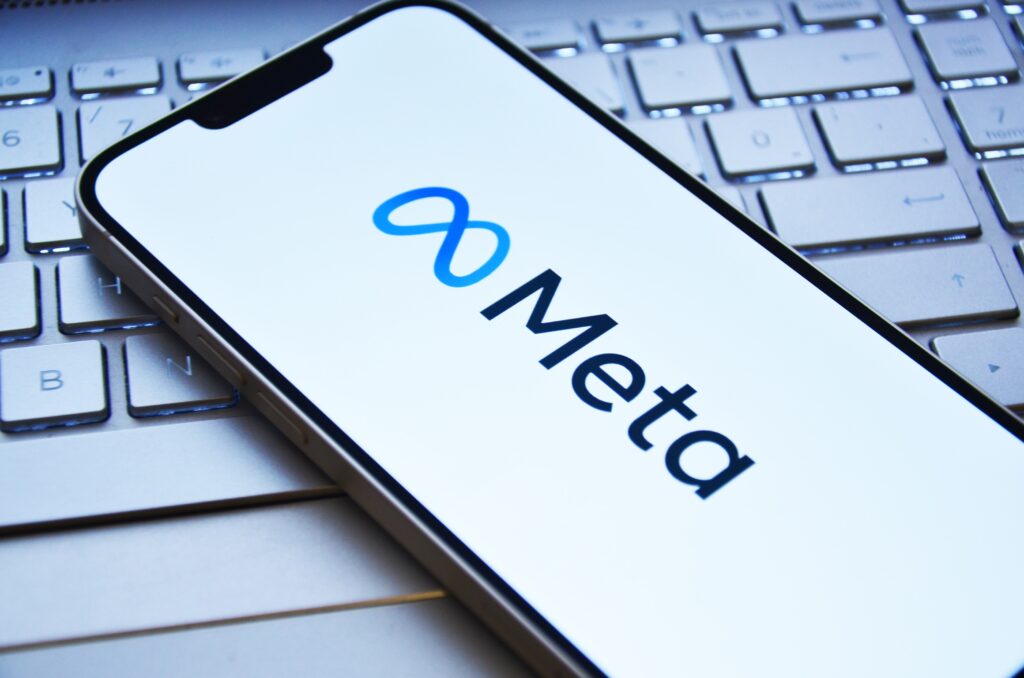Meta is going beyond social media by investing in global connectivity. The company, known for Facebook, Instagram, and WhatsApp, is building a massive undersea cable. The project, called Project Waterworth, will span 50,000 km (31,000 miles) across several continents. This will be the longest sub-sea cable in history.
Connecting Key Regions
Meta’s new cable will link the United States, India, South Africa, Brazil, and other regions. The goal is to boost internet access and strengthen digital infrastructure. The company says this project will help connect more people to the internet while supporting its artificial intelligence (AI) projects.
Meta stated in a blog post that the cable will bring high-speed, industry-leading connectivity to five continents. The project will also help countries work together economically, improve digital access, and promote technology growth.
This cable will use a 24-fiber-pair system, making it the most advanced undersea cable yet. It will offer a higher data capacity than previous projects. Meta hopes this will improve global internet speeds and support its AI-driven platforms.
The Role of Sub-Sea Cables
Undersea cables are essential for the internet. These cables allow fast data transfers between countries and help power online services. Experts estimate that more than 95% of global internet traffic depends on sub-sea cables.
According to TeleGeography, a research firm, over 600 publicly known sub-sea cable systems exist worldwide. One of the biggest is 2Africa, a 45,000 km cable backed by Meta, Vodafone, Orange, and China Mobile. This system connects three continents, improving internet access across Africa, Europe, and the Middle East.
Tech Giants Taking Control
Major tech companies are now investing in their own cables. Google announced in 2024 that it would build the first sub-sea cable linking Africa and Australia. The company is also spending $1 billion on two new cables connecting Japan to other regions.
Professor Vili Lehdonvirta from the Oxford Internet Institute said this is a major shift. In the past, national telecom companies built and managed these cables. Today, tech giants are taking over. This change shows the financial strength of companies like Meta and Google. However, it also raises concerns about market control and competition.
Telecoms analyst Paolo Pescatore said Meta’s project shows its ambitions. “Meta wants more control over global connectivity,” he said. The company is working on a strategy that brings together hardware, software, and platforms for a better user experience.
Security and Geopolitical Risks
While undersea cables are critical for the internet, they also come with risks. Damaged cables can disrupt global communication. Some experts worry that these cables could be targets in conflicts.
Recently, damaged undersea cables have led to increased tensions. In January, NATO began monitoring ship activity in the Baltic Sea after reports of cable damage. In the UK, a parliamentary committee is now investigating the country’s ability to protect its cables. Lawmakers are worried about potential threats from Russia and China.
Meta has addressed these concerns in its blog post. The company says that parts of Project Waterworth will be buried up to 7,000 meters deep to prevent damage. In shallow waters, it will use extra protections against ship anchors and other hazards.
Professor Lehdonvirta also noted that Meta’s cable route is different from traditional ones. It avoids areas like Europe, China, the Suez Canal, and the South China Sea. This could help Meta steer clear of geopolitical conflicts.
Strengthening US Influence
Project Waterworth will connect the United States with key markets in the Southern Hemisphere. Some analysts say this could increase US influence in global digital infrastructure. The cable could also give Meta more control over internet traffic between major economies.
As tech companies invest more in connectivity, governments and regulators may have to monitor their growing influence. For now, Meta’s new cable is set to change global internet access in a big way.
For more updates on tech business and global infrastructure, visit Euro News 24.
